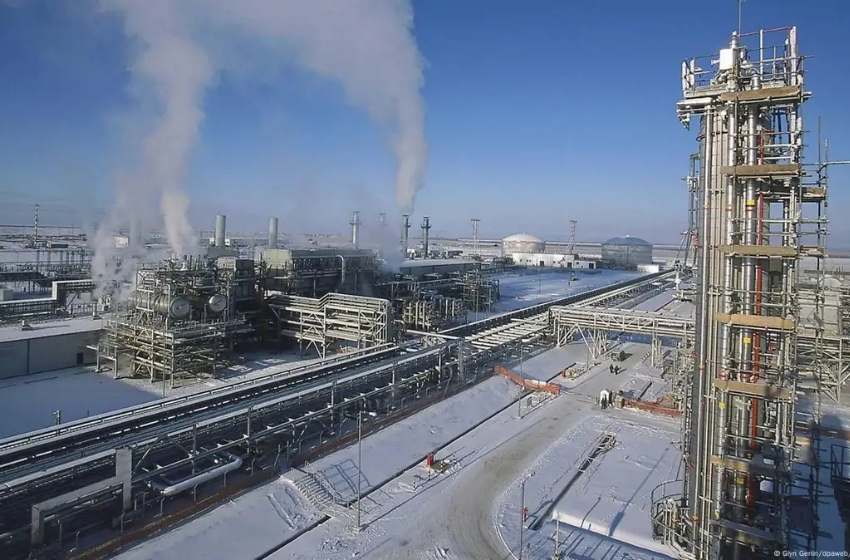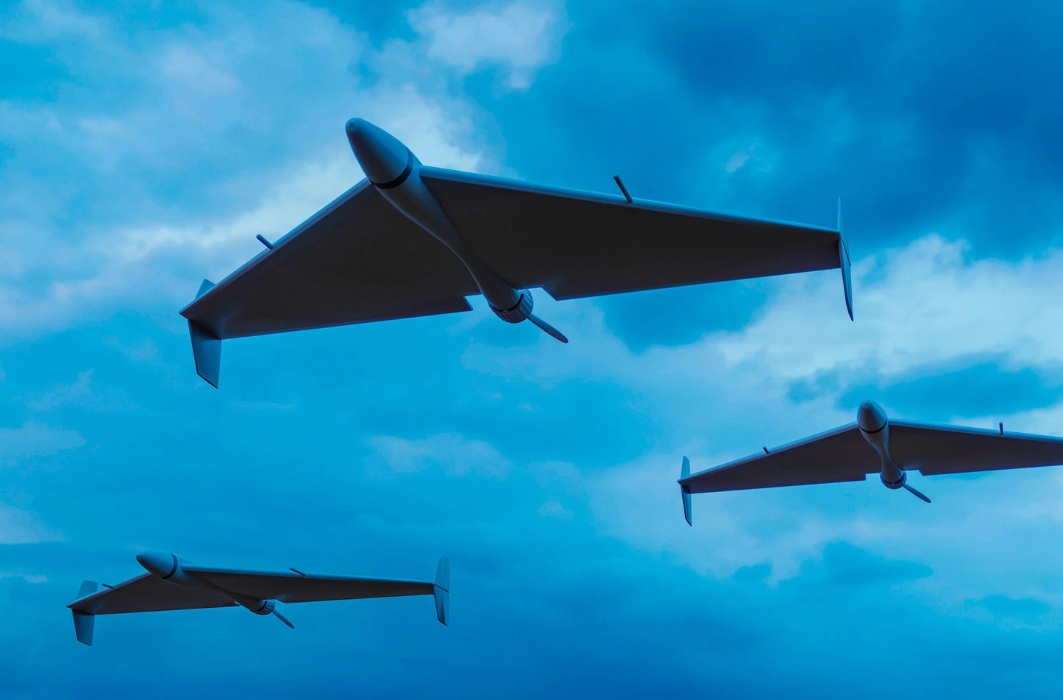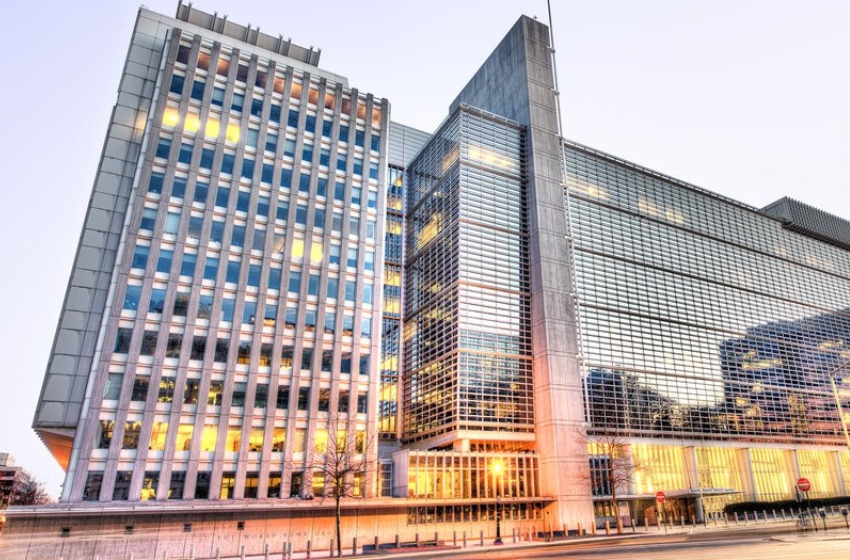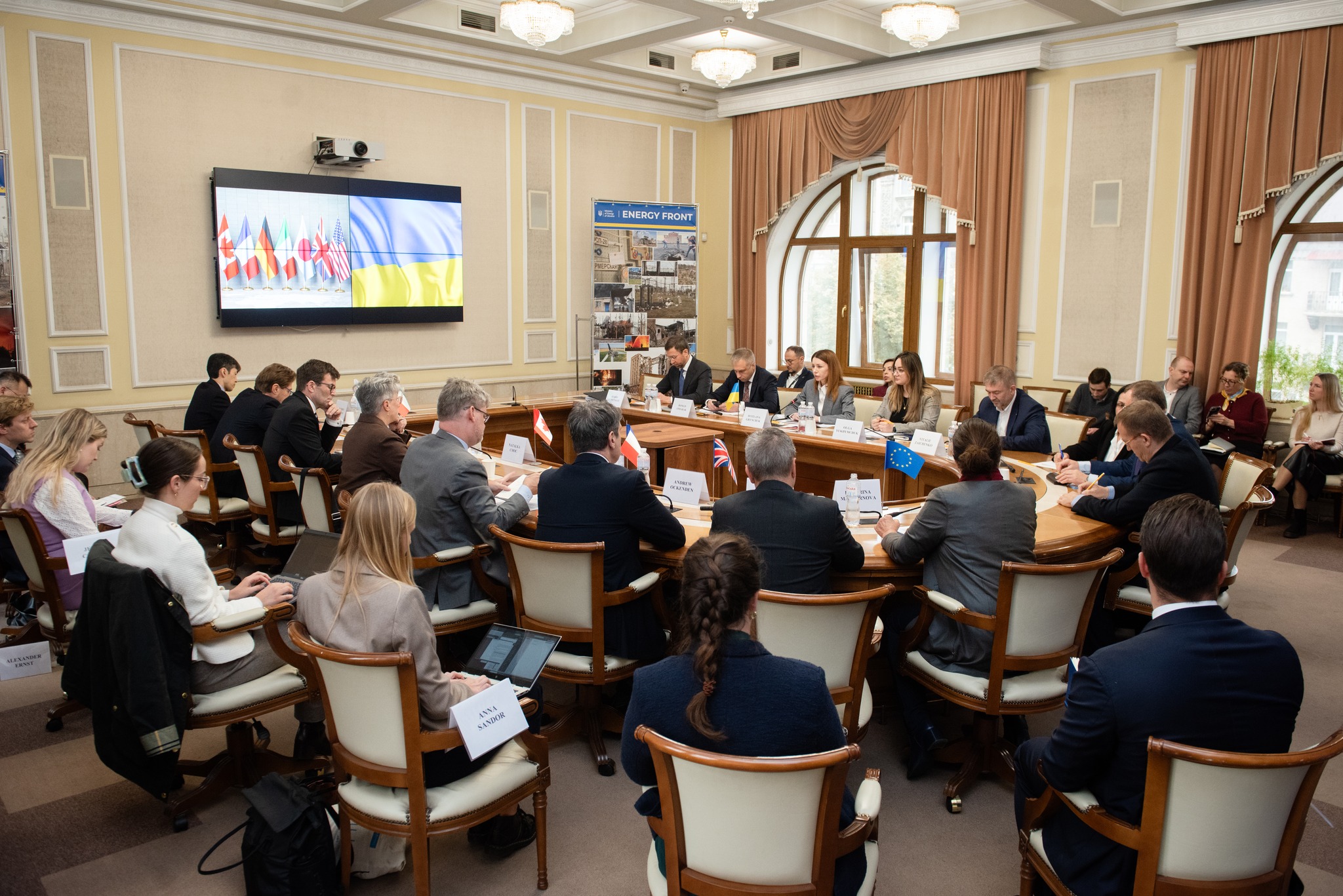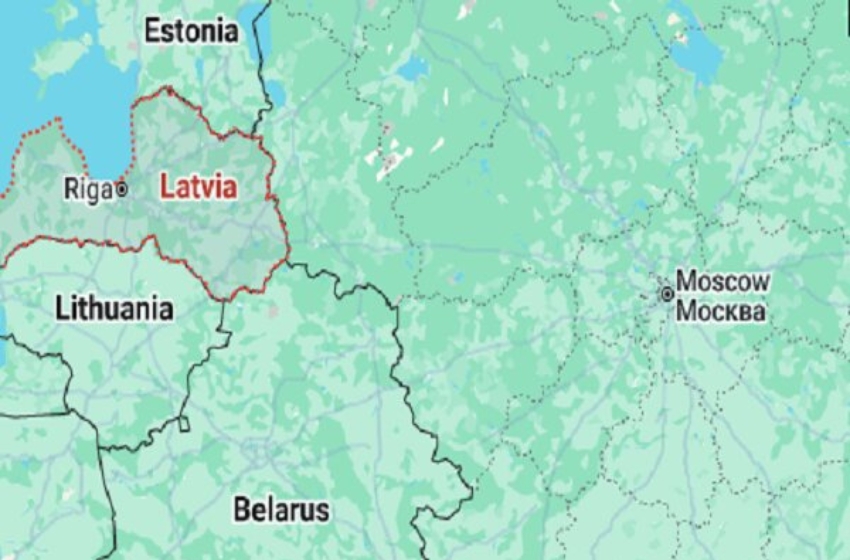After the full-scale war against Ukraine began in 2022, Russia came under unprecedented sanctions pressure from the West. In response, Moscow shifted its trade toward Asian markets, primarily South and Southeast Asia, trying to compensate for the loss of traditional partners. This “Pivot to the East” was an attempt to build new connections and infrastructure that could support the Russian economy under isolation. Central to this strategy is India, a long-standing strategic partner of Russia. Alongside India, Moscow has strengthened relations with ASEAN countries, including Indonesia, Malaysia, and Vietnam, which have not joined Western sanctions, experts at the Robert Lansing Institute (RLI) noted.
Key elements of this strategy include high-level political contacts, expanded trade, infrastructure investments, and a move toward settlements in national currencies. In late September 2025, a Russian delegation led by Deputy Prime Minister Dmitry Patrushev visited India and met with Prime Minister Narendra Modi. The sides discussed cooperation in agriculture, fertilizers, and food supplies. Modi reaffirmed an invitation for Vladimir Putin to visit India before the end of the year and participate in the next bilateral summit. Both countries continue to strengthen their strategic dialogue despite external pressures. India, while maintaining ties with the U.S. and the West, has not severed relations with Russia and even welcomed the Trump-Putin summit in Alaska, emphasizing its potential role as a mediator.
Under sanctions, trade between Russia and India reached record levels. In 2024, the trade turnover totaled $66 billion—five times more than five years earlier. Most of this growth came from discounted Russian oil supplies. By August 2025, India imported up to 2 million barrels of Russian oil per day, about 38% of its total imports. These purchases caused irritation in Washington: the Trump administration imposed 25% tariffs on Indian goods, accusing New Delhi of indirectly financing the Russian military economy. India responded that the oil imports were necessary to ensure the population’s energy security and were conducted at market prices. Despite threats, India does not plan to reduce cooperation with Moscow, as cheap fuel helps curb inflation.
To reduce sanctions risks, Moscow and New Delhi moved to settlements in rupees. The opening of Vostro accounts allowed payment for Russian goods in local currency, while accumulated funds of about $8 billion are invested in Indian bonds, creating a closed financial cycle between the rupee and the ruble.
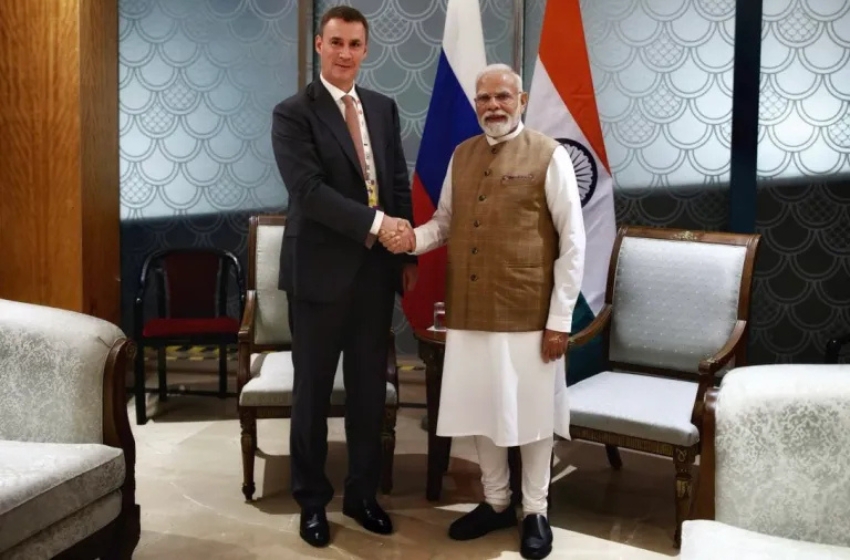
At the same time, Russia and India are developing transport routes bypassing Western territories. A key project is the International North–South Transport Corridor through Iran and the Caspian Sea. Freight volumes along this route increased 1.7 times, while transport costs fell by more than half. The parties aim to raise mutual trade to $100 billion. Another route, the Chennai–Vladivostok maritime corridor, launched at the end of 2024, nearly halved delivery times, connecting Indian industry with Russian resources and supporting development in the Russian Far East.
Energy remains the foundation of Russian-Indian cooperation. The Indian company ONGC Videsh owns a stake in the Sakhalin-1 project and may increase it following ExxonMobil’s exit. Indian consortia participate in projects in the Krasnoyarsk region and show interest in Arctic initiatives, including Vostok Oil and Arctic LNG-2. In 2021, India received its first shipment of Arctic gas via the Northern Sea Route, confirming the route’s potential.
Moscow is also actively developing the Northern Sea Route as an alternative to European routes. By 2030, Russia plans to increase cargo volumes to 150–200 million tons per year. China and India view the Arctic route as a strategically important corridor for oil and gas supplies. India, as an observer in the Arctic Council, intends to expand its presence in the region.
After Russian banks were disconnected from SWIFT, Moscow returned to barter trade schemes, exchanging oil, gas, fertilizers, and grain for machinery, electronics, and medicines. These operations bypass financial restrictions but indicate regression and a loss of confidence in the Russian currency. Russia is even considering barter deals with India using accumulated rupees.
Beyond India, Russia is strengthening ties with ASEAN countries. In 2023, trade turnover with them reached $15.8 billion, and in 2024 it grew another 10%. The largest trade volumes were with Indonesia, Vietnam, and Malaysia, which are expanding imports of Russian energy. In February 2025, Security Council Secretary Sergey Shoigu visited Indonesia and Malaysia to discuss updates to a five-year cooperation plan. Moscow actively promotes rhetoric about a “multipolar world,” which finds support in the region’s Muslim countries.
Thus, under sanctions pressure, Russia is rapidly restructuring its foreign trade, creating an economic axis with India and expanding ties with Asian countries. This “Eastern lifeline” helps keep the economy afloat, ensuring record trade volumes and new logistics routes. Despite high risks and limited resources, the pivot to the East is becoming a sustainable Kremlin strategy, making Asia Russia’s main window to the world.















